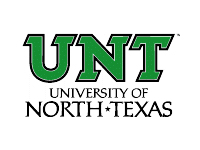Below is a summary of the abstract you submitted. Presenting author(s) is shown in bold.
If any changes need to be made, you can modify the abstract or change the authors.
You can also download a .docx version of this abstract.
If there are any problems, please email Dan at dar78@pitt.edu and he'll take care of them!
This abstract was last modified on May 8, 2016 at 12:33 a.m..

The current protocol for preparation of samples for electron microscopy in the SEA-PHAGES Laboratory Manual utilizes 1% uranyl acetate as the stain. While this compound provides excellent contrast for phage samples for transmission electron microscopy, uranyl acetate poses a number of safety and waste disposal issues that can make classroom use difficult. SEA-PHAGES faculty have previously shared an alternative staining method that uses phosphotungstic acid, but our campus has not had success with this protocol. However, a recent paper by Hosogi et al. (2015) evaluated several lanthanide salts, including ytterbium acetate, as alternatives to uranyl acetate in negative staining for electron microscopy. In the fall semester of 2015, five phage samples were prepared using both 1% uranyl acetate and 2% ytterbium acetate for comparison. The resulting images were found to be of similar quality for several of these samples. Because ytterbium acetate has fewer safety and waste disposal concerns, this stain can provide an alternative method for electron microscopy preparation that is more classroom friendly.

